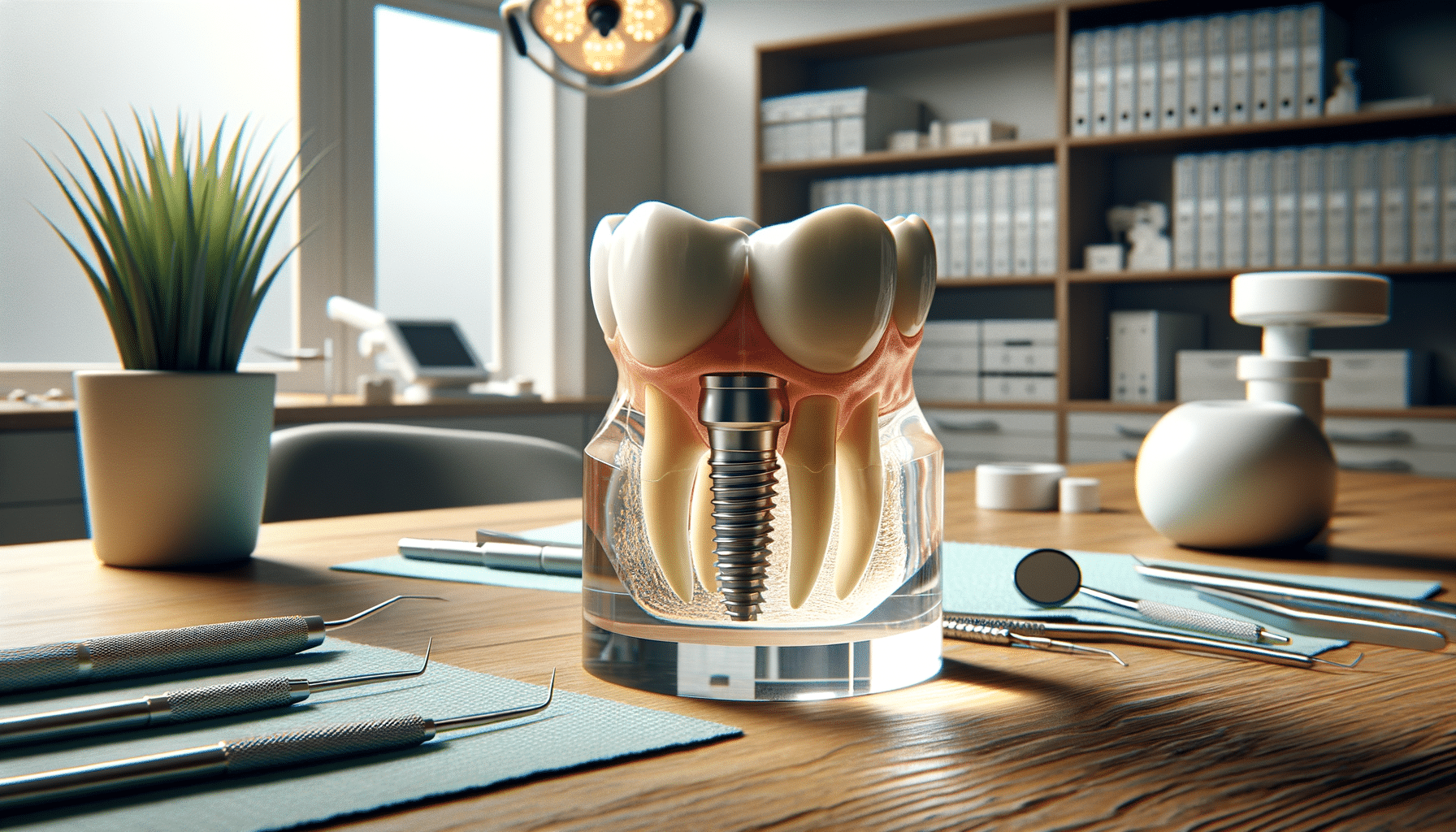
Effective Flea Prevention for Your Dog’s Health
Introduction to Flea Prevention
Fleas are more than just a nuisance for dogs; they pose significant health risks, including allergic reactions, skin infections, and the transmission of tapeworms. Effective flea prevention is crucial for maintaining your dog’s health and comfort. In this article, we will explore various aspects of flea prevention, offering insights into methods, products, and natural remedies that can help keep your canine companion flea-free.
Understanding the Flea Life Cycle
To effectively prevent fleas, it’s essential to understand their life cycle. Fleas undergo four stages: egg, larva, pupa, and adult. This cycle can last anywhere from a few weeks to several months, depending on environmental conditions. Adult fleas live on pets, but eggs are laid in the environment, such as carpets, bedding, and grass. Recognizing this cycle helps in targeting all stages of fleas with appropriate treatments to break the cycle and prevent re-infestation.
Effective flea control requires tackling fleas at each stage of their life cycle. This involves using products that not only kill adult fleas but also target eggs and larvae. By understanding the flea life cycle, pet owners can choose comprehensive solutions that provide long-term protection.
Choosing the Right Flea Prevention Products
The market is flooded with various flea prevention products, each with its own strengths. Topical treatments, oral medications, and flea collars are among the most common options. Topical treatments are applied directly to the pet’s skin and are effective in killing fleas on contact. Oral medications work systemically to kill fleas when they bite the pet. Flea collars release active ingredients that repel and kill fleas over an extended period.
When selecting a product, consider factors such as your dog’s lifestyle, any existing health conditions, and the severity of flea infestation in your area. Consulting with a veterinarian can also provide personalized recommendations based on your dog’s specific needs.
It’s important to note that some products may not be suitable for puppies or dogs with certain health conditions, making professional guidance invaluable in choosing the right treatment.
Natural Flea Prevention Strategies
For those seeking natural alternatives, several options can help prevent fleas. Regular grooming and bathing with flea-repellent shampoos can reduce the chances of an infestation. Additionally, using a flea comb to check for and remove fleas can be an effective preventive measure.
Essential oils such as lavender, eucalyptus, and cedarwood are known for their flea-repellent properties. However, they should be used with caution, as some essential oils can be harmful to pets if not used correctly. Always dilute essential oils and consult a veterinarian before application.
Maintaining a clean environment is another natural strategy. Regular vacuuming and washing of pet bedding can remove flea eggs and larvae, reducing the likelihood of an infestation.
Monitoring and Maintaining Flea Prevention
Continuous monitoring is crucial in maintaining effective flea prevention. Regularly check your dog for signs of fleas, such as excessive scratching, biting, or red spots on the skin. Early detection can prevent a minor issue from becoming a major infestation.
Consistency in using flea prevention products is key. Follow the application instructions carefully and maintain a regular schedule to ensure ongoing protection. Keep an eye out for any adverse reactions to flea treatments and consult your veterinarian if you notice anything unusual.
In addition to treating your dog, consider the environment as well. Fleas can survive in carpets, upholstery, and outdoor areas, so treating these spaces with appropriate insecticides or natural remedies can help maintain a flea-free environment.
Conclusion: Ensuring a Flea-Free Life for Your Dog
Flea prevention is an essential aspect of pet care that requires a proactive and informed approach. By understanding the flea life cycle, selecting the right products, and incorporating natural strategies, pet owners can effectively protect their dogs from these pesky parasites. Regular monitoring and maintaining a clean environment further ensure long-term success in flea prevention. Prioritizing your dog’s health and comfort will lead to a happier, healthier life for your furry friend.


